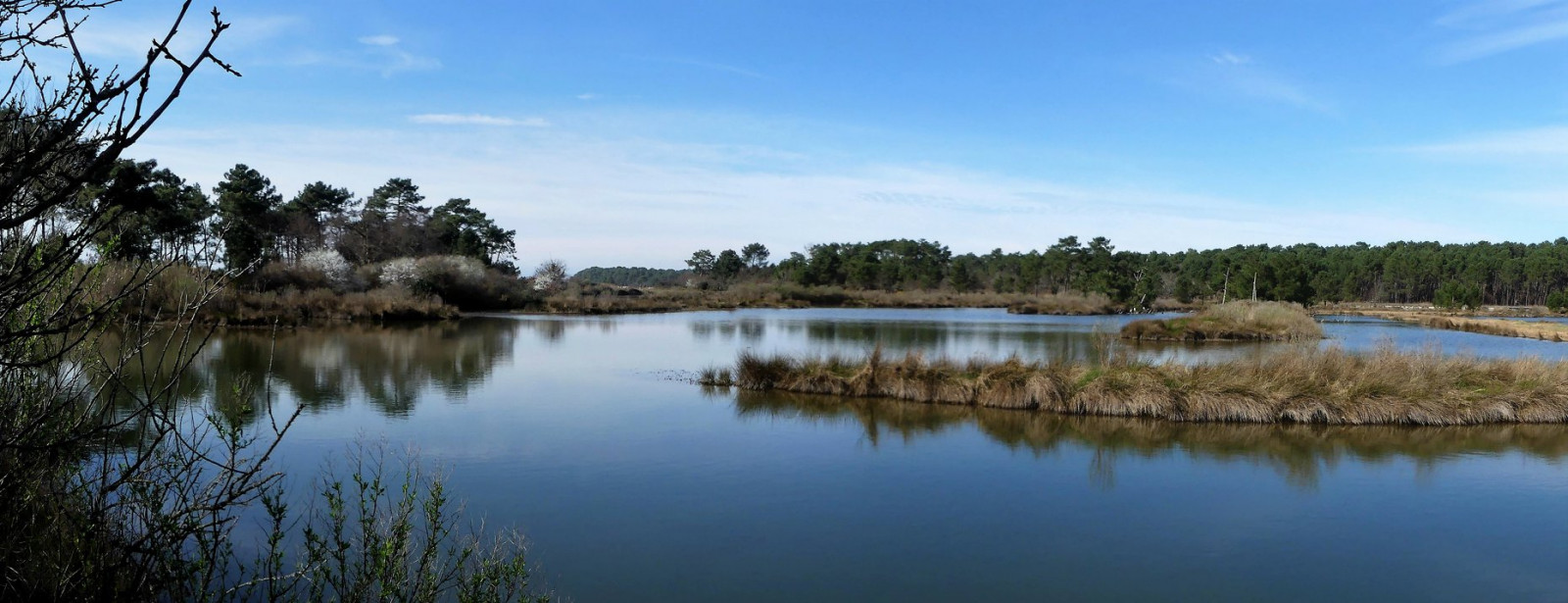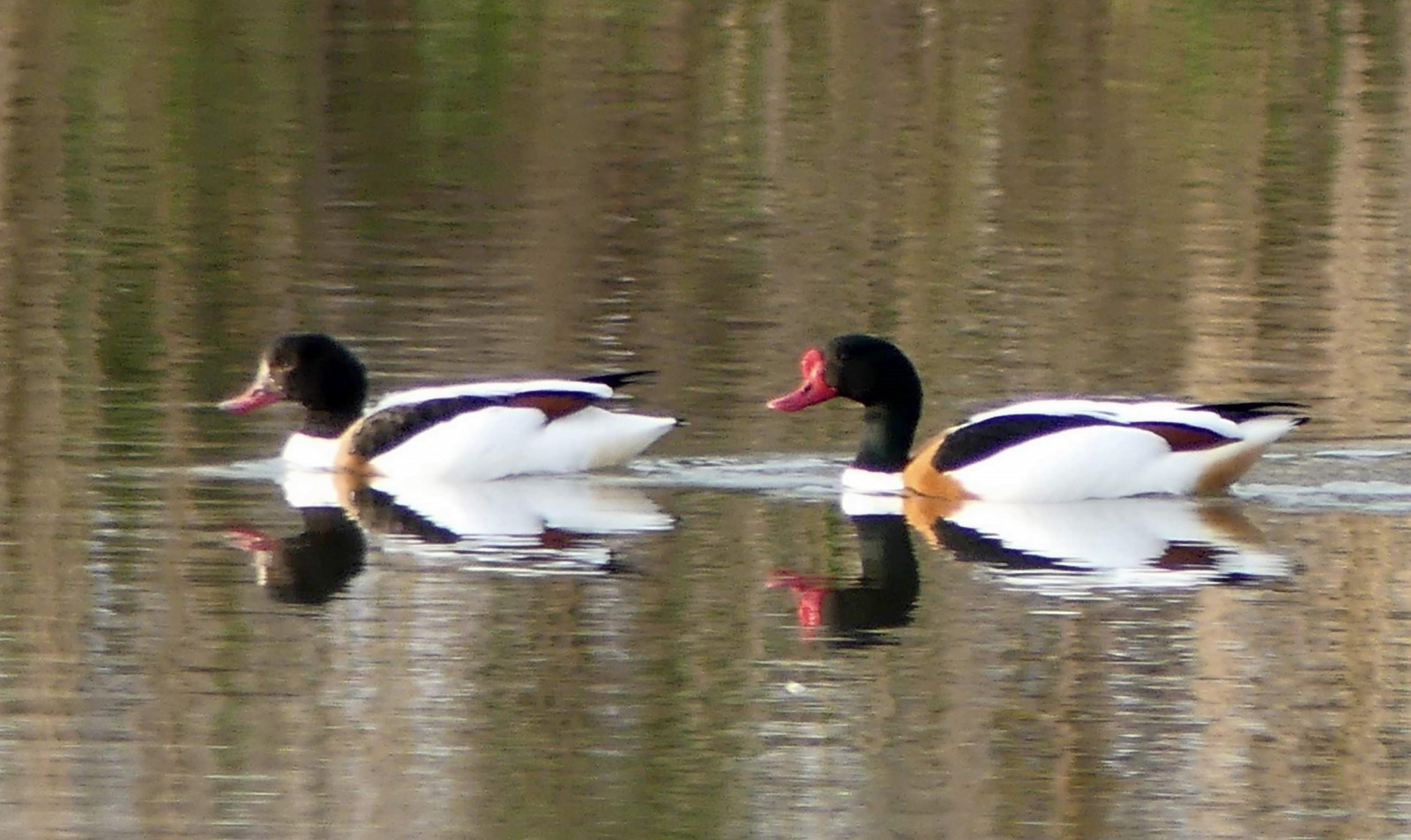Opis
The Quinconces reservoirs and the Etang David Allegre are a protected and picturesque heritage site in Gironde. The old fish tanks dug in 1840 by David Allegre - known for building the world's first steam trawler - are a nice place for birdwatching. The area is made up of an exceptional diversity of landscapes: forest, river, salt meadows, freshwater and brackish ponds. A wooden bridge allows the crossing of the Cirès river to reach the beach of Saint-Brice in Ares. You can see many water birds and waders, see the birdlist below.
_________________________
Français: Le site des Quinconces reste un des rares endroits « sauvages » du littoral nord Bassin offrant une magnifique vue panoramique à découvrir. La pointe des Quinconces, protégée et inscrite au patrimoine pittoresque de la Gironde, était la promenade préférée de Sarah Bernhardt lors de ses séjours à Andernos-les-Bains. On peut y voir les anciens réservoirs à poissons creusés en 1840 par David Allegre, connu pour avoir construit le premier chalutier à vapeur au monde, "le Turbot", à Arès. En suivant le sentier du littoral en direction du nord, un pont en bois permet le franchissement de la rivière le Cirès pour atteindre la plage de Saint-Brice à Arès.
Szczegóły
Dostęp
Easy to reach on foot or bike from the village of Andernos-les-Bains. Or parking close to the Etang David Allegre. Click on the P in the map to get directions.
_________________________
Français: Facile d'accès à pied ou à vélo depuis le village d'Andernos-les-Bains. Ou parking à proximité de l'étang David Allegre. Cliquez sur le P sur la carte pour obtenir les directions.





